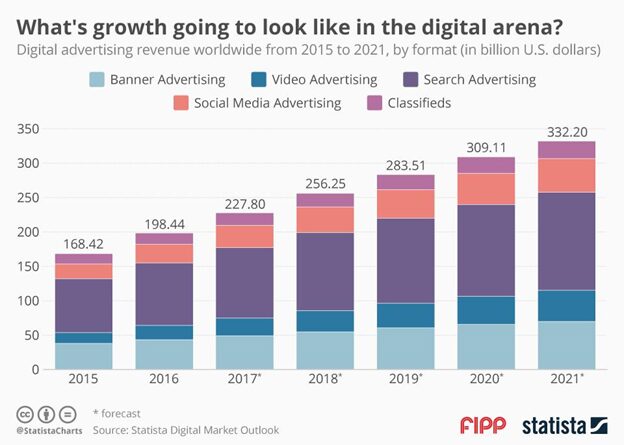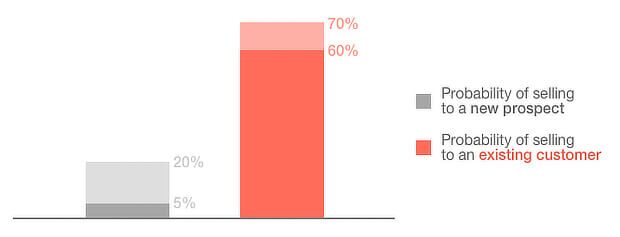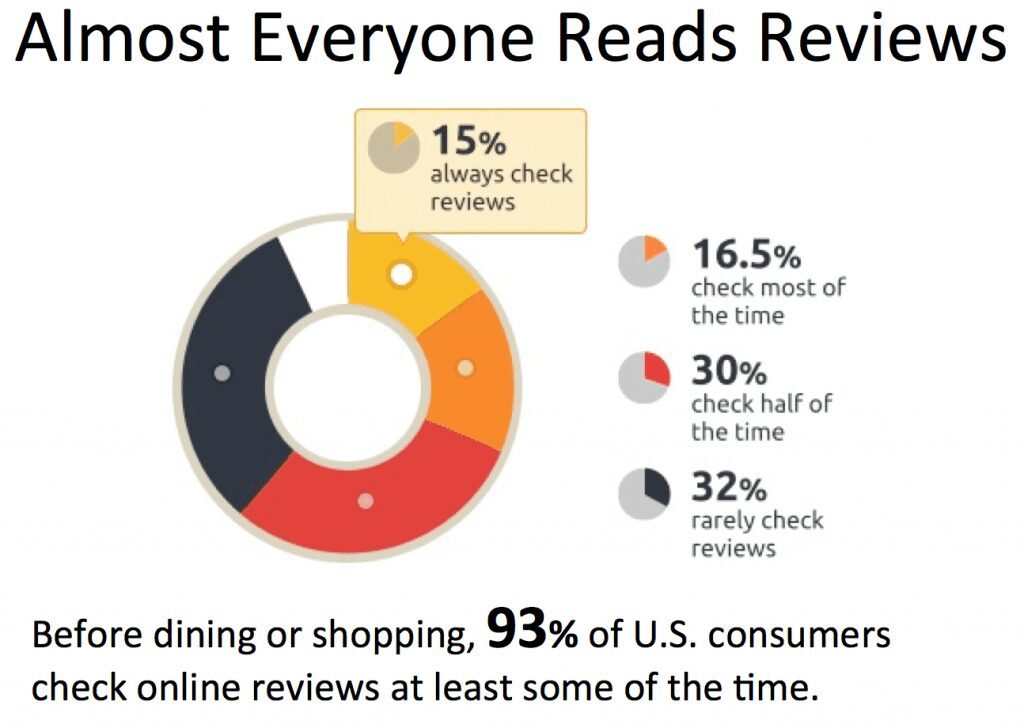
Image by mohamed Hassan from Pixabay
A flashback to the primary growth rule:
If you want your sales improved, you need to chuck out the traditional marketing tactics. Learn how to tread with times.
For many people, this translated as shifting to ecommerce. People started moving their business online.
This onset of extraordinary times called for out-of-the-box measures. Business promotion and brand awareness strategies needed to change.
…They went digital.
Fast forward to the modern virtual paradigm. Information is being thrown in from all sides. Every brand is trying to seek attention. They are pulling plenty of levers to come with an unbeatable marketing campaign.
Given that digital marketing is the new realm of promotion, more companies are willing to try it out. Inevitably, digital ad revenue will multiply exponentially in the future.
An ecommerce venture must reap its rewards. Since they don’t have any physical presence, digital marketing is the only way of exposure and growth.
Note that ecommerce and digital marketing are not mutually exclusive. Ecommerce business uses digital marketing. It can craft creative content, leverage social media, launch email campaigns, and adopt search engine optimization tools to facilitate online purchasing.
Here are five effective ways for ecommerce businesses to improve their digital marketing endeavors. Let’s have a look:
1. Upsell your products
Upselling is persuading the customer to upgrade a product or buy a more expensive version of it. For example, if they are about to purchase a tablet with 32 GB storage, you can suggest the one with 64 GB or 128 GB storage. Tell them about the money they will save on the upgraded product.
There are two essential considerations when using the upsell strategy:
- Ensure your upsell product relates to the original product
- Ensure it falls in the price range of customers
Upselling works better with your returning customers. The probability of selling to an existing customer is higher than selling to a new customer.
Sometimes, your customer doesn’t know that an upgraded product is available. Moreover, product recommendations to the prospective customers have the potential to drive 10 – 30 percent of revenue. So, the key is to display the right products in front of the customers.
2. Integrate all your social sites to increase sales
As online retail becomes an increasingly competitive industry, social media has become extremely valuable for ecommerce stores. Generally, a well-designed social media marketing strategy presents an effective way to grow brand and bring qualified traffic to the virtual stores.
Integrate these sites into your ecommerce marketing:
• Facebook – Facebook Ads have proven to be very precise with targeting customers. It uses demographics and location to deliver information to prospective customers.
• YouTube – Video content related to products has the potential to attract masses. You must design valuable videos. These can be about explanations, reviews, promotions, and new product announcements.
• Instagram – With more than 500 million active users, Instagram is the fastest growing social application. You should display your products and use hashtags strategically. Also, place a clear call-to-action underneath the photo, which allows the user to jump into your ecommerce store and make the purchase.
The sharing feature of social media can bring benefits to your brand. When customers like a product, they will probably share your brand with friends and family on social media.
3. Improve your email campaign
Email marketing still dominates the digital arena as it is the oldest and most authentic medium to promote your brand. The most significant factor that makes it unique is automation.
All you have to do is set up a successful drip campaign. It sends out emails to people on the list according to their interests and position in the purchase funnel.
The emails sent must be relevant. It is, therefore, essential to check out the list of recipients regularly. Examine and tweak the messages according to people’s needs. Your subscribers are likely to appreciate:
• Welcome email when they make their purchase
• Promo codes and discount emails
• Newsletters informing discounts, tips, and company discoveries
• A personal note expressing your admiration for their loyalty
• Feedback requests
All your emails must be free of bugs or other security threats. Nowadays, when data privacy runs on crossroads, users do not appreciate a bunch of emails about the same subject. Keep your emails short and fundamental.
4. Ask for customer reviews
Customer reviews will give your business the validation that online buyers look for. Customer Feedback allows the brand to understand what customers think about them as well as their products/services.
A whopping 82 percent increase in sales was reported by Dune, a London shoe retailer after it started adding product reviews. People want to hear the genuine opinion of the people who are already using a particular item.
It extends to every commodity. Whether it is a high-end product or something of daily use, potential customers rely heavily on customer reviews. You can be a ride-hailing service like Uber, a tech giant like Apple, or a manufacturer of men underwear like Bn3th, presenting reviews about your products and services can improve your brand’s authority.
If a consumer sees that 50 or more people have purchased a product, they will wish to try it out for themselves. This way, you can increase your sales.
To sum it up, the following are the benefits that customer reviews bring for your brand:
• Increases sales
• Build trust and credibility
• Boost your search engine optimization
• Increases engagement
5. Adopt personalization
Personalization is the process of being aware of the needs and preferences of your audience. It allows you to market the right product to the right customers. With this, you stand a better chance of having a meaningful interaction with customers, make them feel heard, and nudging them to convert.
Customers, today, love personal recommendations. They even don’t mind sharing personal data for receiving product suggestions. Amazon and Netflix are brilliant examples of personalization done in the right way. They make recommendations based on the users’ onsite activity.
Here are some of the personalization methods from which you can choose:
• Use market automation tools
• Use your recipients’ name during email or live chat
• Create persona-driven content
• Create targeted landing pages
Hubspot reports that nearly three-fourth (74 percent) of online consumers get frustrated by websites with content (e.g., offers, ads, promotions) that has nothing to do with their interests. Hence, personalization is your way to make more sales.
Final Thoughts
Do not fall into thinking that you can’t reach the level of sophistication required to make progress in the digital arena. All you need is an experienced team or hands-on training to make things work. We believe you can do it. So gear up and get going!
About the Author: Alma Causey
Alma is a Freelance writer by day and sports fan by night. She writes about Fashion and Tech. Live simply, give generously, watch football and a technology lover.
Micro Startups is your online destination for everything startup. We’re dedicated to spreading the word about hard-working solopreneurs and SMEs making waves in the business world. Visit the blog for your latest dose of startup, entrepreneur, and charity insights from top experts around the globe @getmicrostarted.






